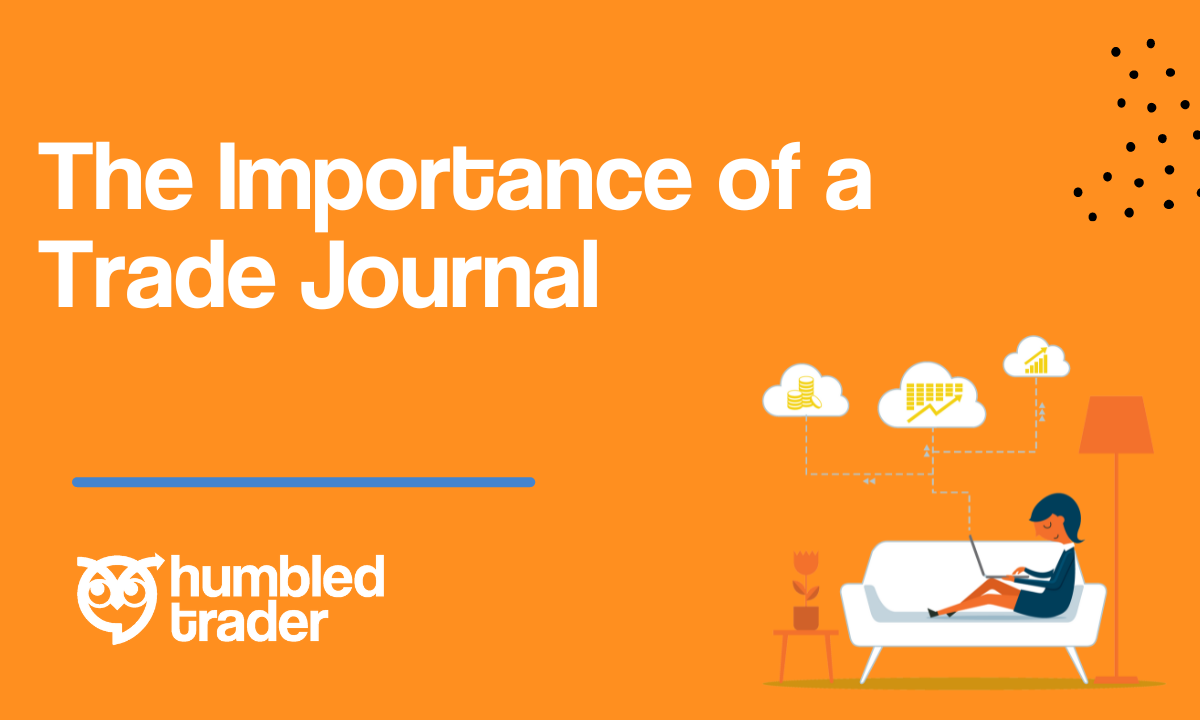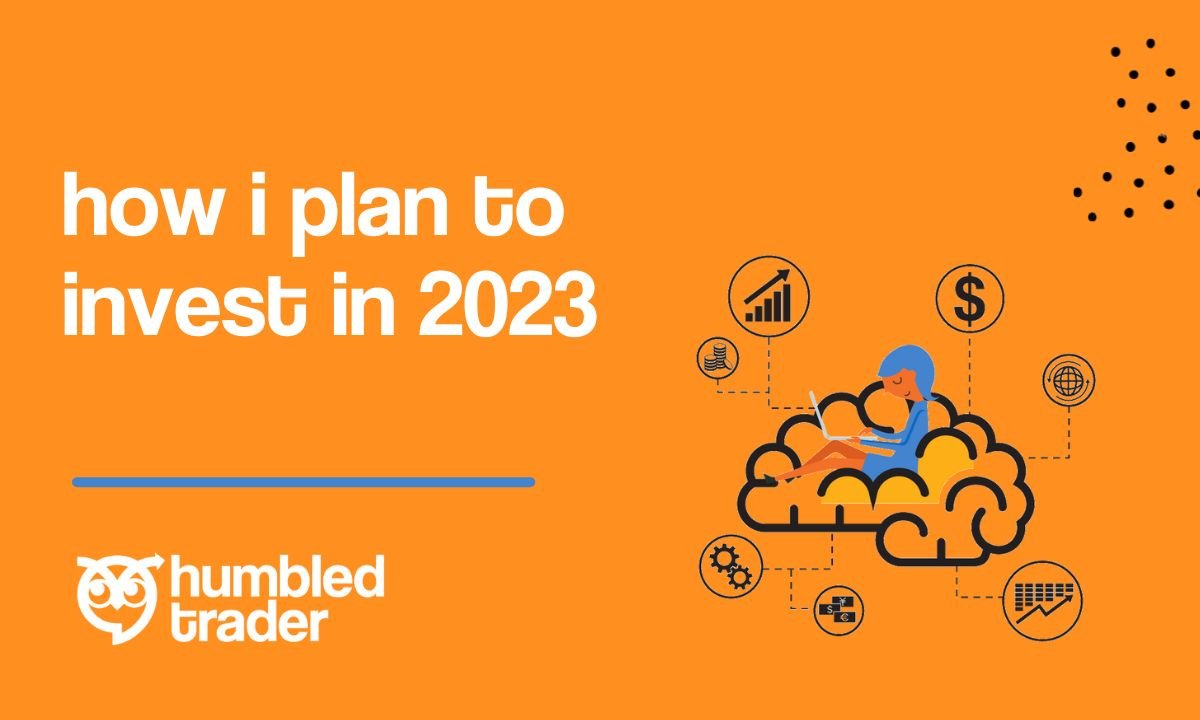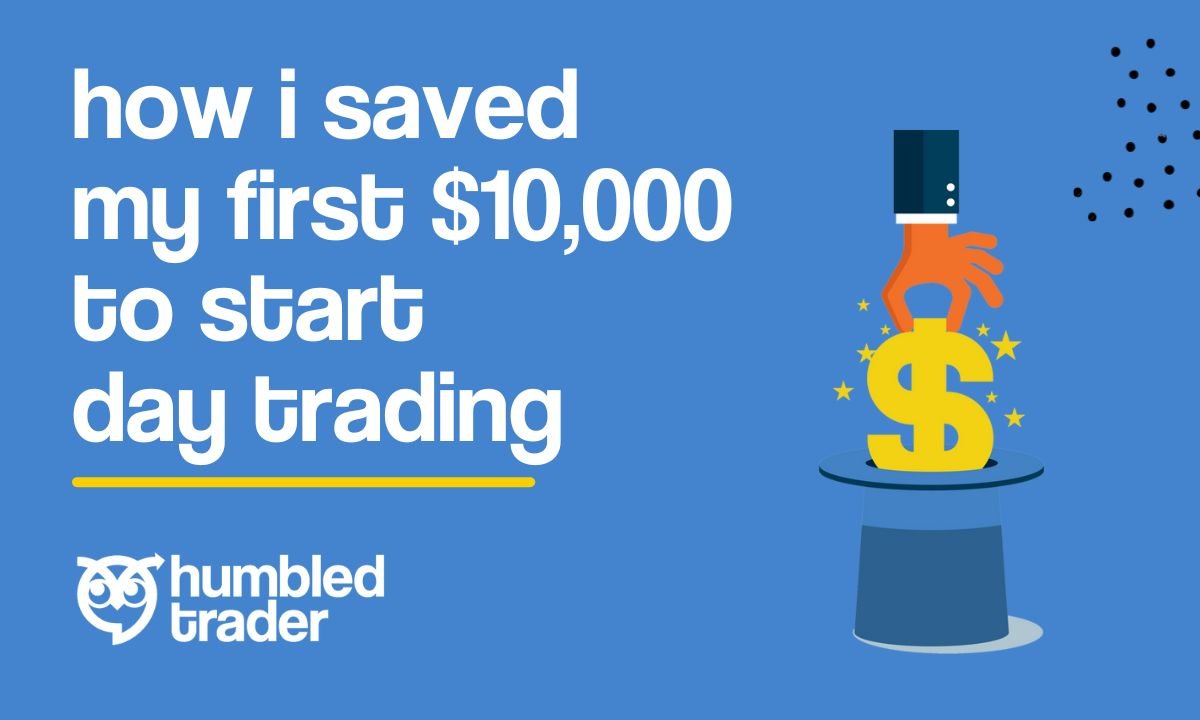The Importance of a Trade Journal

Tracking your day trades in a trading journal will help you significantly with your trading. Not only will it allow you to review your entries and exits, you will also find out whether you have the proper risk to reward profile.
I have been tracking all my trades for almost two years. For two years before that, I did not bother with it. Honestly, I think NOT tracking and reviewing your trades is one of the biggest mistakes that can slow down a beginner day traders’ journey.
Benefits of a Trade Journal
A digital trading journal will allow you to review your entries and exits, and your sizing as well. In my journal, I personally track my scale size entries and exits, and it’s how I manage my losers and my winners.
You can also add your trade commissions. By default it's 0, but you should be adding it all yourself and put that in as part of the gross exposure, the total amount of your capital you put into this trade.
Let’s just enter an example here: one trade I did on Thursday was a short. It was a short parabolic set up from a negative news alert in the chat room. The entry was $55.62 and I covered it at $53.90.
Using formulas will populate all the numbers for you, and you can enter any note you want. I usually enter the mistakes and how I want to improve on something similar next time.
The exit was target hit. It went much lower, but it’s ok. After that, I usually would evaluate my own trade. Did I follow the plan? The question is not whether you made money, it’s did you have a plan and stay disciplined and follow your plan? You have to be honest here.
Also, you can go in and edit the drop down menu for all the setups in yours if you want to by going to the DATA sheet. I have the pre entered days of the week, long or short, and whether it’s a day trade or swing trade. You can enter your own set ups there. Those are just some defaults I’ve put in mine such as dip buying, short top, long swing, long overnight, etc. That part of the data is customizable, along with the exit plan.
Update in the works
I am actually working on an update to mine already. The update will take into consideration all the setups I have written out on the data list. It can calculate the win rate and average profit number from each specific set up. Then, I’ll see if I have a better win rate and make more money with dip buying. Maybe I lose 70% of the time when I try to short.
I'll add all the probability calculations with exits as well. I'll even track which day of the week you make more money on. Maybe you tend to lose on Fridays, and then you'll know, you should just stop trading altogether on Fridays or use a smaller size on that day.
Seeing Your Risk Reward
The biggest benefit you’ll get from tracking your trades, is seeing your risk reward. If you have your risk reward properly managed, the number in the automated cell entry should be greater than 3 which means your wins are three times bigger than your losses on average.
Four results
If you are trading with discipline, you should see only four kinds of results.
First scenario: A small loss according to your risk profile.
Remember, you should always have a stop price, which is the amount you are willing to risk for the trade. Your risk should be 3 times smaller than your profit goal.
Second scenario: after a small loss, break even.
This is where you see that your plan is not working. The price action of the stock isn’t as you had predicted. When that happens, it's totally fine to cut the trade break even or maybe you just lose on the broker commissions.
Third scenario: you should see a small win.
Maybe you only got to scale out a quarter of your size. It's ok, small green is still green. Take the money and run.
Fourth scenario: when you stick to your trading plan and everything goes flawlessly.
I love it when that happens. The final scenario should be a big win. Your profit goal is three times or your loss is made. Sometimes the stock just blew off way more than you had anticipated.
When I see a set up, I will start with a small size first, either a quarter or even ⅛ depending on the stock. If it doesn't work, you get out. Yes, I’d be taking a loss, but it's a small size.
What I do with winners
As for the winners, I’ll add more size into them when I see that the price action and trend is confirmed. The stock is indeed going parabolic higher or lower. I add into it full size and scale out as each target hits. I'm still working on my own system of scaling. I do believe that learning to add into winners and cut your losers starter size is key to increasing your risk reward number over here.
Win rate
As for the win rate, it actually doesn't really matter in day trading. People stress over win rates, but I lose more trades than I make money on. However, I’m still making money overall, because the risk reward profile is controlled. It doesn't matter if you lose more often than you win. What matters more is that when you lose, your losses on average are a lot smaller than your wins.
It really doesn't matter if you have a 90% win rate. If the 9 winning trades each make you $100, but the 1 loss is $1000, then you still lost $100 overall.
Conclusion
Trading is not gambling, it's collecting your own data and maximizing on the set ups you know you have better odds in while doing less trades on the set ups you know you lose money on. If you start putting in at least 30 minutes a day tracking down all your trades and writing down your mistakes, you will improve your trading. However, you have to actually learn from those reflections.



